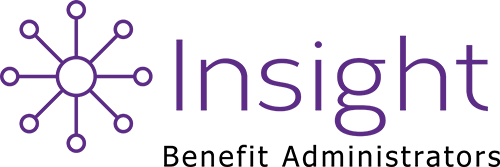Self Funding vs. Fully Funded
Fully insured health carriers charge set monthly premiums regardless of the actual claim costs incurred by covered members. Self-funding allows you to pay for only the claims incurred by your employees and their covered family members.
Self-funded coverage consists of monthly claims costs, reinsurance (stop loss) premium and third party administration (TPA) costs. Fully insured is a set premium from the insurance carrier. The premium remains the same, regardless of employees’ use.
Outside of continually increasing members’ out-of-pocket exposure (deductibles, copays and coinsurance) you have limited ability to impact annual premium increases.
Unlike fully insured health carriers that charge set monthly premiums regardless of the claim costs, self-funding lets you pay for only the claims incurred by your covered members.
The Role of the Third Party Administrator
A Third Party Administrator (TPA), like Insight Benefit Administrators, provides overall administration of the plan. TPA services are tailored to your needs and include:
- reviewing and paying claims
- customer service for covered members and the employer
- assistance with selecting appropriate stop loss coverage
- access to local and national provider networks
- pharmacy benefit management (PBM) services
Stop Loss or Reinsurance: Your Safety Net
There are two basic types of stop loss coverage:
SPECIFIC COVERAGE:
– Specific coverage is purchased to protect the employer from individual high claimants. When an individual members’ claims reach a certain dollar amount, any claims above that are then covered by the reinsurance carrier.
AGGREGATE COVERAGE:
– Aggregate coverage is purchased to protect the employer from high claimants across the employer group. Any claims dollars incurred above a certain dollar amount (also known as the Attachment Point) are then covered by the reinsurance carrier.
